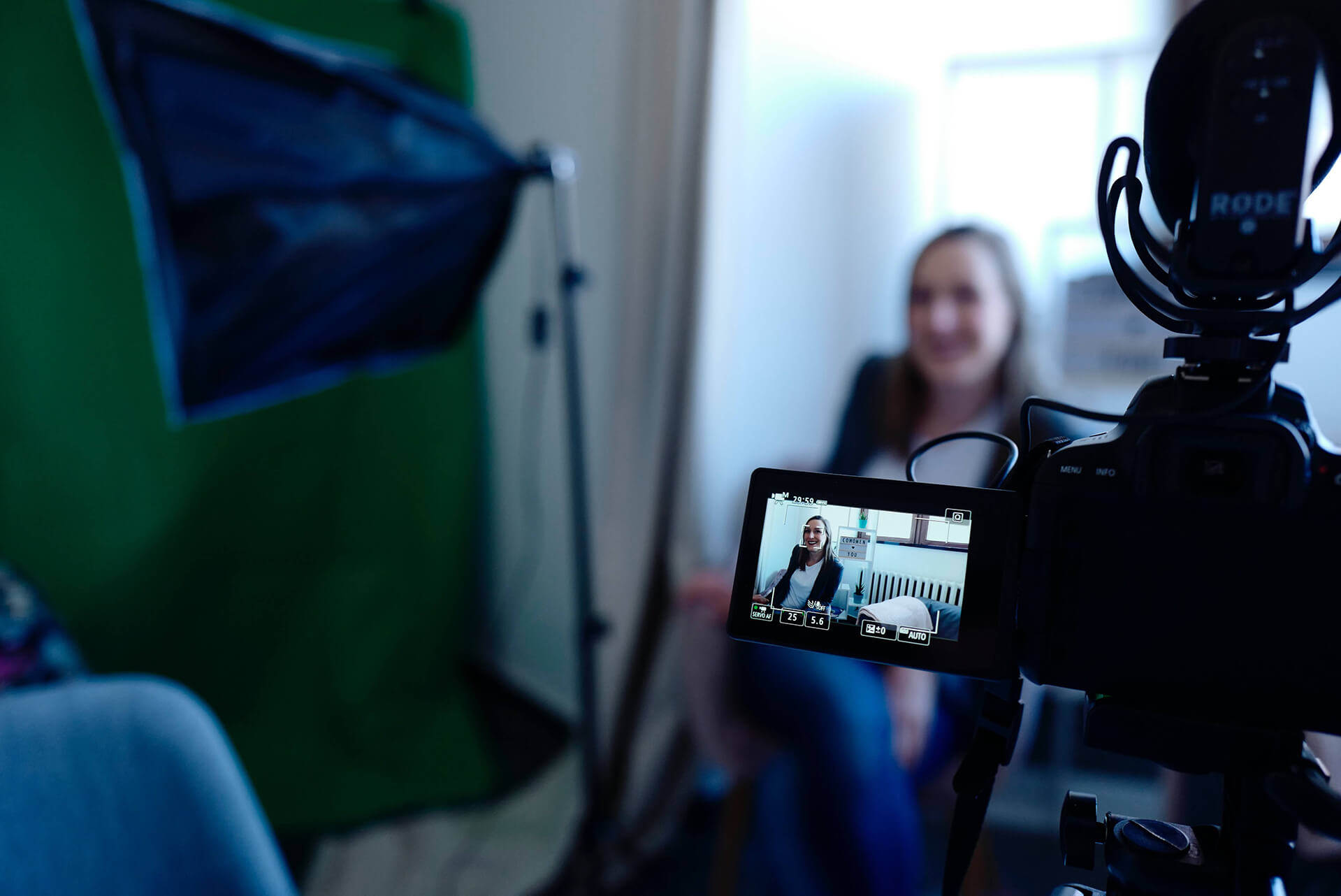Strengthening Your Strategic Alliance Storytelling Through Video
Companies large and small leverage the power of two to get more done. In fact, strategic alliances (and ecosystems) are on the rise. Recent insights from Merit Mile Research shows that 54% of organizations will maintain or increase the number of alliance partners they support in 2020.
And the benefits of alliances are clear. It’s all about growing the top line. The research shows that the top three goals are all sales-focused:
- 37% increasing the size of sales opportunities
- 35% growing the top of the funnel pipeline
- 34% creating new revenue streams

Spreading the word
So how do you get the word out about all the greatness you and your strategic alliance partners are doing together. I think one of the strongest messages to send is real-world evidence that backs up your claims. I’m talking case studies, testimonials, tapping customers for guest speakers, and, last but not least, video.
Everyone loves video because it’s short, memorable, and perfect for on-the-go consumption – think mobile devices, social media, and LinkedIn. But video is equally great for the more traditional formats like meetings and briefing centers, all the way to the big screen at conferences and keynotes.
Process makes perfect
We recently helped our friends at Microsoft and two of their alliance partners, Atos and T-Systems, bring their joint strengths to life with video.
Beyond the actual video production, which was efficiently and expertly scripted, story-boarded and produced by our talented creative team, I want to touch on the methodology we use when creating videos.
- Define a singular goal – at the very start, Merit Mile, Microsoft, and the alliance partner agreed on what these videos needed to accomplish. I.e., was it alliance awareness, technical know-how, customer success stories, showcasing joint solutions, and the list goes on. But a video that tries to do three different things is probably not going to do any one of them well. Pick a focus and avoid the temptation to stray.
- Find the right storyline – Once we defined the overarching goal, we could focus on finding the most suitable specific storyline that supports the goal. In our case, we zeroed in on Azure-powered services developed by the partners. This stage requires input from product managers, account managers, and customers.
- Capture the story – With the storyline identified, we interviewed subject matter experts and digested relevant source material. Hearing the narrative directly from the teams closest to the story helps bring the message to life. We find that a 1:1 interview brings us closer to the substance of the story and its most salient points to cover.
- Script – At this stage, it’s time for nuts and bolts video development. We start with the script, absent of any creative so the stakeholders can focus solely on the message. One thing we always keep in mind and leave room for is that no matter the medium – video, presentation, infographics, etc. – once the words that looked perfect on paper come to life with creative, this copy can change.
- Storyboarding – Script in hand, we move onto a storyboard, which pairs sections of copy with a vignette of what is happening on screen. I liken it to hitting pause on a video every 10 seconds and taking a screenshot. This critical step lets our clients understand the visual direction, color pallet, and on-screen words before diving into production. All these checks and balances along the way ensure everyone is agreement where the video is going.
- Production – Finally it’s time to bring it all together – lights, camera, action! The creative team dives into Adobe Premier and gets to work. Designers create custom artwork, lay down professional voice over and music tracks, sourced b-roll selected, and make the magic happen.
Now it’s your turn
As you think about embarking on your next video project – in-house or outsourced – try applying this methodology. While it’s tempting to want to jump right into the exciting stuff, trust me these upfront steps 1, 2, and 3 will ensure your video hits the mark for your strategic alliances. If you need a little help along the way, drop us a note. We’re here to help.
Finally, tell us what your video production methodology looks like. Do you take different steps? Are there any special tools you like using?
